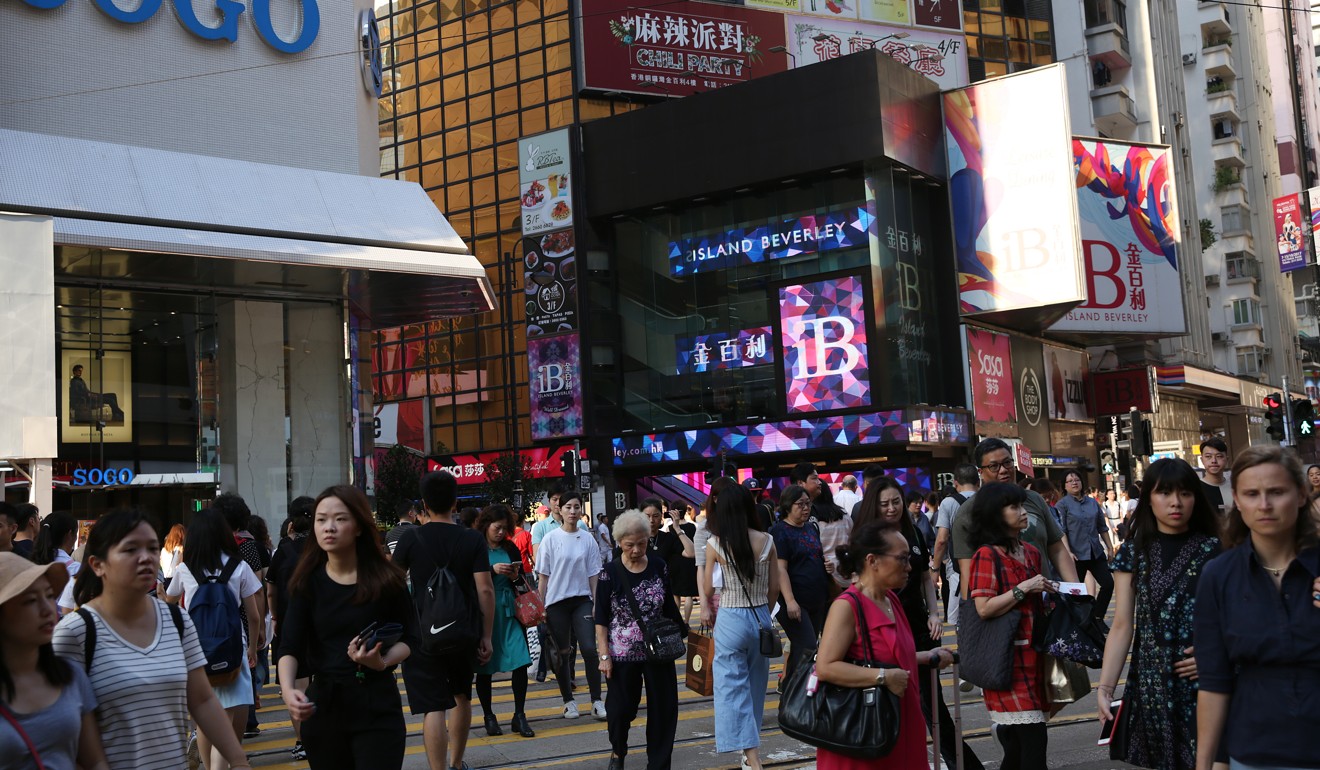
The history behind some iconic Hong Kong neighbourhoods, and how they’ve changed
From Causeway Bay, Mid-Levels and Pok Fu Lam, to Ngau Chi Wan and Tsuen Wan, residents have seen their streetscapes transformed over the years as the city moves with the times
Progress never sleeps in Hong Kong. The face of the city has constantly changed over the decades to facilitate economic development and a growing population.
To a degree, this has led to a wave of nostalgia among Hongkongers in recent years. In that spirit, the Post delved into the history of a number of local neighbourhoods over the past year, to trace their origins beyond living memory, and track the changes that have occurred and places that have been lost.

From its sweet origins in sugar processing, ice producing and whisky distilling, Causeway Bay has developed into one of the world’s most expensive retail spaces, and a cool hang out for young and trendy Hongkongers. The bay vanished when it was reclaimed to develop Victoria Park. Here’s the full story of the much transformed neighbourhood.
In pictures: a potted history of Causeway Bay, ever-changing heart of Hong Kong
It’s impossible to wander Des Voeux Road West and not get a salty whiff of the ocean. Nicknamed “Dried Seafood Street”, about 200 shops in and around the Sheung Wan area have been supplying Hong Kong families and restaurants with traditional Chinese banquet staples for almost half a century. This is how it began.
Hong Kong’s Dried Seafood Street demystified: the smells, what sells, and the ways it keeps you well in Chinese tradition
Once an anonymous point of transition between the bustling markets around Graham Street and pricey apartments of Mid-Levels, the trendy bar and restaurant neighbourhood of SoHo only gained the trendy moniker a little over 20 years ago. The multicultural area around Staunton Street once was better known for its clusters of dwellings housing “protected women”.
Stories behind Hong Kong districts: SoHo before the escalator
The middle-class district of Pok Fu Lam was first occupied almost 400 years ago. Its original inhabitants were drawn to the site by its freshwater stream, which later attracted the Scottish founder of Dairy Farm. Despite rapid development since the 1970s, Pok Fu Lam remains the site of one of Hong Kong Island’s few remaining indigenous villages.
Stories behind Hong Kong districts: Pok Fu Lam Village, once a rural idyll, unbowed amid uncertain future
Wong Chuk Hang is one of a number of neighbourhoods facing gentrification since the MTR Corporation stamped out its footprint with the opening of a train station in recent years. Known primarily as the location of Ocean Park, the working-class residential and industrial area was in olden times a farming community favoured by city slickers looking for a weekend getaway.
Farms, factories and the future: Wong Chuk Hang to change again with MTR opening
Ngau Chi Wan, one of the last indigenous villages in urban Kowloon, is situated across a busy road from the rainbow-coloured housing estate that gives the area its name – Choi Hung, which means “rainbow” in Cantonese. Most of the 200-year-old village was razed in the early 1970s to make way for an MTR station, but a number of low-rise houses remain.
The stories behind Hong Kong districts: Ngau Chi Wan and Choi Hung – from lively rural village to the first low-cost housing estate
Tsuen Wan area was a collection of small villages until after 1949 when Shanghainese industrialists among the refugees from China moved into the area with their textile businesses. The arrival of the MTR, in 1982, and the decline of industry, led eventually to rapid residential and commercial development, but the new town still retains some of its old character.
Stories behind Hong Kong districts: Tsuen Wan – from Hakka farms to textile mills to a post-industrial future

